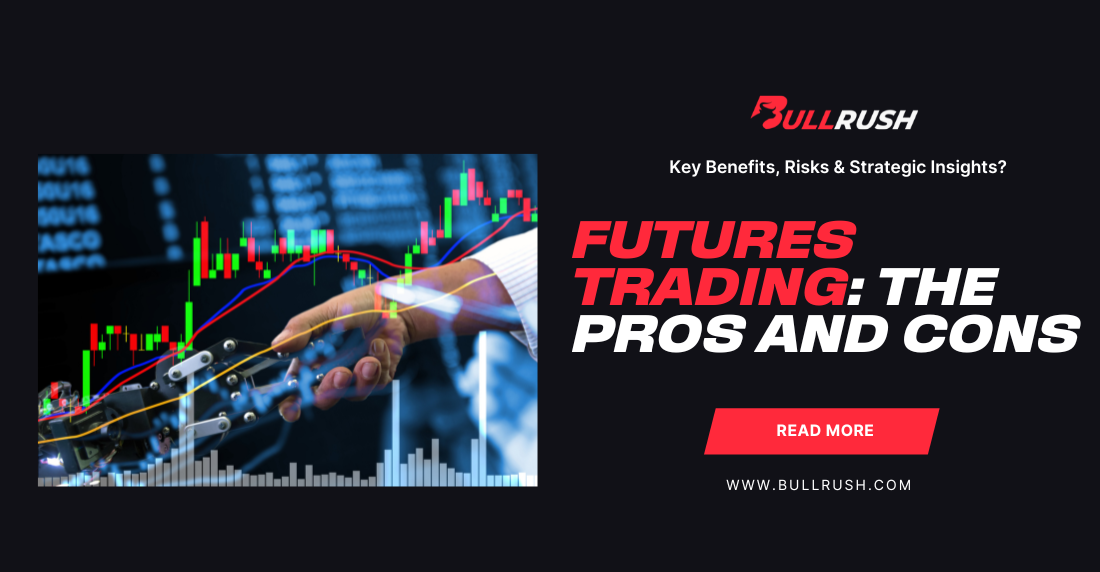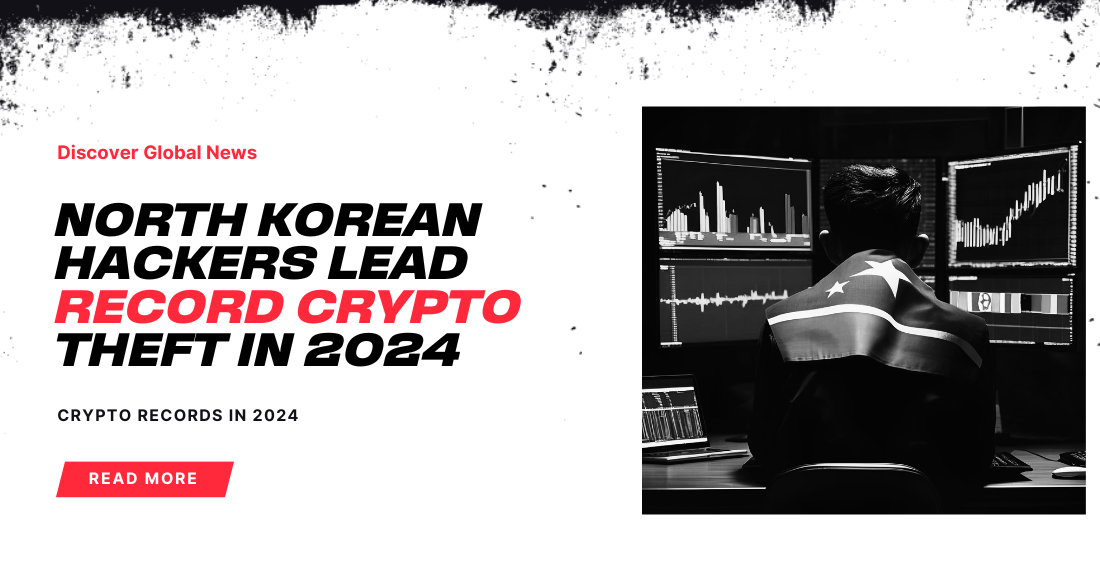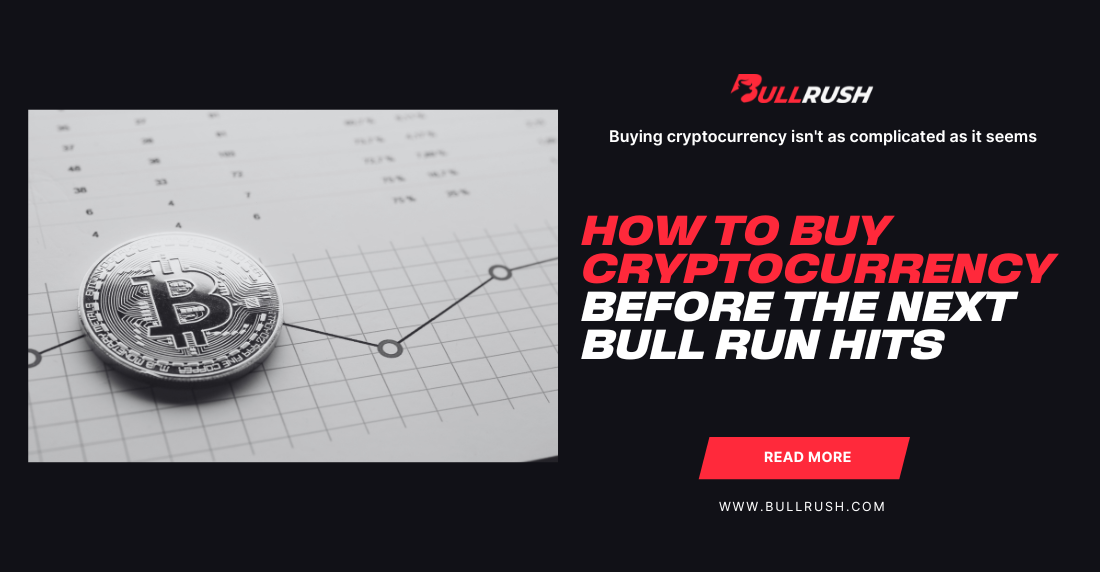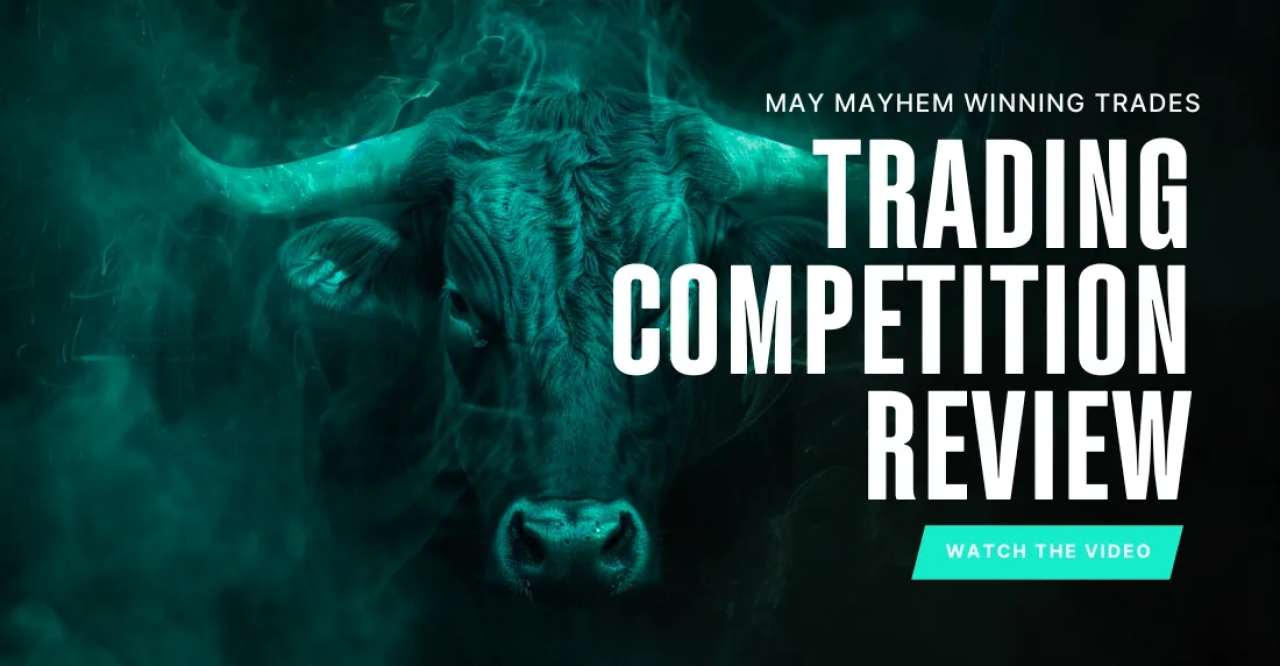
Futures Trading: Key Benefits, Risks & Strategic Insights
Futures trading is a complex financial mechanism through which investors can bet on or hedge against the price of an asset in the future. While it has such merits as leverage, portfolio diversification, and risk management, it also carries monumental risks that need to receive proper consideration.
This article explains what futures trading is, the main advantages and disadvantages of it, and the strategic components to consider before entering these markets.
What Is Futures Trading?
Futures are standardized contracts in which the seller is obligated to sell and the buyer to purchase a specified quantity of an underlying asset at a price determined beforehand by a specified future date. Unlike options, where the holder has an obligation but not a right to buy or sell, a futures contract must be closed out on expiration date if not rolled over before that date.
Futures are traded on exchange-regulated exchanges such as the Chicago Mercantile Exchange (CME) and are overseen by the Commodity Futures Trading Commission (CFTC) in the United States. These futures have a huge range of underlying assets, including:
- Commodities: Natural gas, crude oil, corn, wheat
- Currencies: Euro, British pound, Japanese yen
- Stock indices: S&P 500, Nasdaq, Dow Jones Industrial Average
- Interest rates: Treasury notes, Eurodollars
- Precious metals: Gold, silver
- Cryptocurrencies: Bitcoin, Ethereum
Futures contracts serve two significant functions: hedging and speculation.
How Futures Trading Functions
There are certain common characteristics of futures contracts:
- Contract size: Quantity of the underlying asset
- Expiration date: Date when the contract is settled and paid
- Price: Locked in at the time the contract is signed
- Margin requirements: A margin and periodic maintenance must be posted by the traders.
Investors can short (sell) or go long (buy), depending on their market opinion.
Benefits of Futures Trading
- Leverage and Capital Efficiency: One of the most powerful advantages of futures trading is leverage. Large positions can be managed with relatively low amounts of capital (initial margin). For example, a $100,000 position may be managed with only $5,000 margin. Advantage: This increases potential profit and efficiency of capital. Small price movement in the desired direction by the trader can generate disproportionate profit per unit of capital.
- Hedging Price Volatility: Futures may be employed as a price volatility hedge. Companies with unstable input prices employ futures to fix costs and protect against undesirable market activity. Illustration: An aircraft manufacturer would buy jet fuel futures to stabilize cost during an increase in oil prices, and an agriculturist would sell corn futures to realize income prior to harvest.
- Portfolio Diversification: Futures expose investors and traders to a wide array of asset classes that are hard to access through traditional equity markets. This provides an opportunity to diversify beyond stocks and bonds, hopefully reducing the overall portfolio risk. Benefit: Exposure to commodities, interest rates, and currencies facilitates strategic asset allocation and hedging against macroeconomic events.
- Accessibility and Liquidity: Large futures markets are extremely liquid with profound order books and ongoing price discovery. In addition, almost all futures markets are traded virtually 24 hours a day, five days a week, so traders are able to respond to global news in near real-time. Result: Low cost of transaction and good order execution are to the advantage of retail and institutional traders.
Risk and Challenges of Futures Trading
While futures have very powerful strengths, they also carry huge risks.
- Amplified Losses through Leverage: Leverage is a double-edged sword. While doubling the returns, it also doubles the dimensions of potential losses. A relatively low negative price move can wipe out a trader’s entire margin deposit and result in a margin call.
Risk: Traders may lose more than their original capital when they are unable to meet margin calls and are thus forced to exit at a loss.
- Volatility and Market Sensitivity: Futures contracts are usually very sensitive to macroeconomic data, geopolitical actions, interest rate actions, and other unexpected occurrences such as natural disasters. They have a tendency to cause sudden and unanticipated price movements.
Impact: Unwarranted volatility can result in excessive stress, emotive trading, and swift loss to new traders.
- Margin Calls and Account Risk: Futures trading requires a margin account. When a market is moving against a position, the account balance falls below the maintenance margin level, and the trader is given a margin call. Additional funds need to be deposited by traders or their position is closed out.
Implication: Effective management of margin exposure and having adequate liquidity is vital in order to avoid account insolvency.
- Complexity and Learning Curve: Futures contracts are complex, with precise terms, settlement terms, and contract details. Moreover, timing for trading based on expiration dates involves elaborate planning and execution.
Challenge: New traders may struggle to roll over contracts, analyze price action, or handle risk well.
Futures vs. Options: A Strategic Comparison
Both futures and options are derivatives but operate in a different manner:
- Futures: Compelled contracts with unlimited downside and upside risk. Most favored by experienced old-timers who seek direct exposure.
- Options: Allow the right, but not the requirement, to purchase or sell. This limits maximum potential loss to the premium paid but may lead to less reward potential than leveraged positions in futures.
Conclusion: Futures are better suited for aggressive directional traders, while options become increasingly appealing to those who want to take limited exposure to risk.
Regulation and Oversight
The U.S. futures markets are regulated by the Commodity Futures Trading Commission (CFTC). The CFTC was established in 1974 to encourage the integrity of futures and derivatives markets. Its basic functions are:
- Preventing fraud and manipulation
- Enforcing fair trading practices
- Regulating futures brokers and clearinghouses
This regulatory power fosters transparency and confidence in the market but also enforces stringent compliance requirements on market participants.
Final Thoughts
Futures trading is a refined tool in the hands of those who understand its dynamics and are willing to accept its risk. With deep liquidity, high leverage, and access to a wide variety of markets, it offers special opportunities for institutions and traders. These benefits are counterbalanced, however, by volatility, complex contract structure, and the potential for huge financial loss. For quality speculators with sound plan, good risk management discipline, and sound knowledge of the underlying product, futures can be a very effective vehicle for hedging and speculation. For others, leveraged loss access and learning curve could be cause for caution or slow development through education and practice trading.
If you’re ready to dive in, start with a demo account or small positions, and never risk more than you can afford to lose. In futures trading, knowledge isn’t just power – it’s protection.



